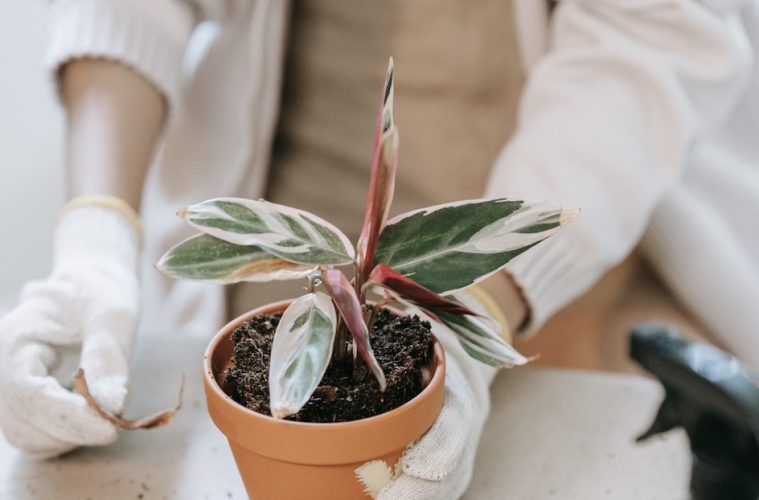Potting up a container is one of the most rewarding gardening experiences. You get to transform a pile of individual items into something alive and beautiful. It is as much about care as it is creativity, a hobby turned artform. It’s an opportunity that doesn’t come very often (you can plant your entire container gardener in one day if you wish) but it lays the foundation for the future success of your garden. And, like all good garden foundations, it begins with good soil.
Container gardens have a list of specialized concerns specific to the soil – leaching nutrients, drying out too quickly, lack of air, and so on. Any old garden soil is not guaranteed to resolve these issues. That’s what potting soil is for – a specialised mix of ingredients perfect for pot environments. You can always purchase specialised potting soil for your planting endeavours, but the DIY option is far more fun and allows you to craft the perfect mix suitable for the plants you want to grow.
The Elements Of Good Potting Mix
Potting mix needs to be light and airy to facilitate drainage while retaining enough moisture to keep the plants well-watered. For this, you’ll need either coconut coir or palm peat. Coir is made from coconut husks that are dried and processed into small fibres. It is an excellent water retention medium; it doesn’t break down over time, and it has a neutral pH value. It’s completely environmentally friendly, using parts of the coconut that would typically be discarded, and it can be reused if well taken care of. It’s also incredibly lightweight and durable – the perfect foundation for a potting soil mixture. Coconut coir is usually shipped in bricks and will need to be rehydrated before use.
Coir makes a good base but doesn’t contain enough nutrients to feed plants. To solve that problem, you’ll need compost. Compost also has water retention properties but adds the fundamental organic matter essential to good soil composition at the same time. It contains macro- and micronutrients that release slowly over time, reducing the need to fertilize your plants by hand and limiting the leeching of nutrients caused by extensive watering. It ensures good soil structure by binding other ingredients, while providing enough aeration for the roots. Plus, you can make it yourself using kitchen leftovers and gardening waste that would normally go in the trash. It’s not called ‘gardener’s gold’ for nothing.
Coir and compost form the base of a good container potting mix. They have high water retention properties to combat the container drying out quickly and the compost adds necessary nutrients that won’t leech from the soil. With those issues covered, the next to tackle is aeration. To combat excessive water retention, you need to add other materials that lighten and aerate the soil so the roots can breathe. Coir and compost provide some aeration, but it’s often not enough for most plants. That’s where perlite and vermiculite come in. Perlite is a form of volcanic rock with particles that expand or pop when heated (almost like popcorn) to form a white, styrofoam-like material. These small rocks increase the space between soil particles, increasing aeration and improving drainage. Vermiculite is a mineral with comparable properties, although it does also aid in water retention and adds essential calcium and magnesium to the soil. Coarse sand is also used to aid drainage, although it tends to add weight to soil mixtures and is usually reserved for succulents and cacti. Bark chips are another common aeration material. However, they can decrease the nitrogen in the soil as they break down over time. These four materials achieve the same goal, but some are better suited to certain types of plants – perlite for flowers and tropicals, sand for succulents and cacti, and bark chips for orchids.
Now that you understand the purpose of the materials, you have the knowledge to create a potting mix tailored to the needs of your plants. In terms of ratios, this is a basic recipe suitable for most flowers, foliage, and edibles. A ‘part’ can be whatever measurement or container you have available:
- 4-parts coconut coir
- 4-parts compost
- 2-parts perlite
- 1-part vermiculite
These ratios can be modified to suit the needs of your plants. For example, when potting succulents, replace the compost (which holds too much water for succulents) with 2-parts coarse sand, 1-part perlite and 1-part vermiculite, to balance water retention and aeration. For heavy feeders, you can mix in a slow-release fertilizer to add nutrients to the soil over time.
ALSO SEE TIPS FOR LOOKING AFTER HOUSEPLANTS
Written by Madison Moulton

